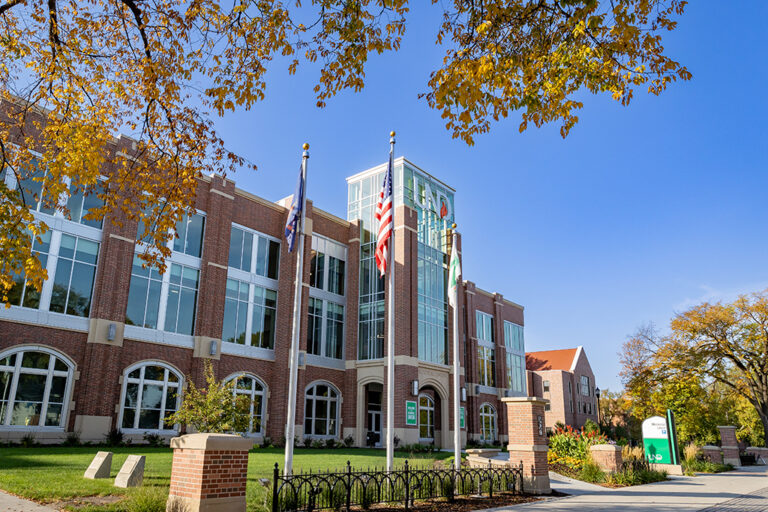New GEOL Course for Spring 2022 – Cretaceous (K) Park to K Armageddon
New GEOL Course – Spring 2022
On-campus & Online
3 credits | No prerequisites.
Instructor: Joseph Hartman (joseph.hartman@und.edu, 701.777.5055)
Cretaceous (K) Park to K Armageddon
Geol 303 – New course offering under “Selected Topics in Geology.”
Co-listed as: Geol 491 “Geologic Problems,” available for students needing a 400 level or graduate-level class number.
GEOL 303
Class # 20607 – MWF 2:30-3:20 p.m.
Class # 20606 – UND Online
GEOL 491
Class # 20740 – MWF 2:30-3:20 p.m.
Class # 20741 – UND Online
Understand the wonderful world of the Cretaceous Period (145 to 66 million years). Starting with “Jurassic Park’s” rich fauna of the Morrison Formation, to the ever-changing landscape and events of the Cretaceous until its apocalyptic end. High seas on the continent, split North America in two, leaving remarkably little room for the Cretaceous Park of dinosaurs and other land animals common to many folks. Diverse marine predators inhabited the seas and reptiles (and birds) flew the skies. Modern flowering plants diversified in the later Cretaceous, along with their pollinators. Early mammals split into the two major groups we recognize today – the marsupials and placentals. The Cetaceous is famous for many things. Its reptiles, in particular, by land – T. rex, baby hadrosaur dinosaurs, and Triceratops; by air – pterodactyls (and birds); and by sea – mosasaurs and ichthyosaurs. These and others had a gory end, with their extinction, along with many others, in a firestorm resulting from an extraterrestrial impact event. At the time of the impactor, Earth was undergoing climate convulsions caused by vulcanism on the traveling “Indian subcontinent” plate, on its way north to a consequential collision with Asia. Other events transpired to make the Cretaceous/Paleogene boundary (66 Ma) and early Paleocene a momentous time for dino-derived birds, the major predator of the time, until the first significant mammalian predator evolved a few million years after impact.


